The Connection Between Grivila and the Cave of Melidoni
Grivila, an Early Iron Age settlement in Crete, and the nearby cave of Melidoni, share a significant connection. Both sites were occupied during the Early Iron Age and continued to be used in some capacity into the Late Geometric period. The cave, with its evidence of use as a sanctuary, may have served as a religious center for the inhabitants of Grivila. This association between settlements and nearby caves is not uncommon in Crete, as evidence from other sites suggests.
The relationship between Grivila and the cave of Melidoni offers valuable insights into the settlement patterns, religious practices, and socio-political dynamics of Early Iron Age Crete. By examining the archaeological evidence from both sites, we can better understand the complex interplay between settlements and their surrounding landscapes in ancient Crete.
Early Iron Age Settlement
Grivila is on a hill in the plain of Mylopotamos, near the modern village of Perama (Pollard 2022, 373). The hill overlooks the Mylopotamos gulf (Hood et al. 1964, 56-57). The settlement was occupied during the Early Iron Age, and continued to be inhabited into the Late Geometric period (Stampolidis and Kotsonas 2013, 191). The Greek archaeologist N. Platon excavated the settlement in 1954 (Platon 1954).
The settlement is on a high, rocky peak (Hood et al. 1964, 56-57). It consisted of tightly packed houses (Platon 1954). The walls of the houses were built of small stones (Platon 1954). The floors were made of beaten earth (Platon 1954). The roofs were flat, and made of a hard lime layer of clay laid over reeds and sticks (Platon 1954). The rooms were all small and rectangular (Platon 1954). The house walls did not form a solid outer structure, but were interrupted by rocks emerging above the surface (Platon 1954). The houses were all of a single story (Platon 1954).
A number of interesting finds were unearthed at the settlement. Notable among them were a bronze statuette of a hoplite, and a bronze statuette of a male worshipper (Platon 1954). The latter is from a Geometric sanctuary at the site (Platon 1954). There were also several clay and bronze figurines, and a large amount of pottery (Platon 1954). The pottery is mostly of a rather coarse, handmade type (Platon 1954). Some of the pottery is of the Geometric style (Platon 1954). Stone tools, such as a double axe, and a variety of other objects, were also found (Platon 1954).
The Cave of Melidoni
The cave of Melidoni (or Melidhoni) is on the northern foothills of Mount Ida (Hood et al. 1964, 58). The cave was used since the Neolithic period (Hood et al. 1964, 58). It was an important cult place in Minoan times (Stampolidis and Kotsonas 2013, 187). The cave is also known for its use as a refuge during the Turkish occupation of Crete (Stampolidis and Kotsonas 2013, 189).
The cave of Melidoni is a large, impressive cavern with several chambers (Stampolidis and Kotsonas 2013, 189). The entrance is a narrow opening in the side of a cliff (Stampolidis and Kotsonas 2013, 189). The main chamber is a large, vaulted hall with a high ceiling (Stampolidis and Kotsonas 2013, 189). The walls are decorated with stalactites and stalagmites (Stampolidis and Kotsonas 2013, 189). The floor is covered with a thick layer of bat guano (Stampolidis and Kotsonas 2013, 189).
The cave has been excavated by a number of archaeologists, including Sir Arthur Evans (Stampolidis and Kotsonas 2013, 189). Evans discovered a number of Minoan artifacts, including pottery, figurines, and bronze weapons (Stampolidis and Kotsonas 2013, 189). The cave was also used as a burial place in the Early Iron Age (Stampolidis and Kotsonas 2013, 189).
History and Problems of Cave Archaeology in Crete
The archaeological exploration of caves in Crete has a long history (Stampolidis and Kotsonas 2013, 188). It began in the 19th century with the work of Federico Halbherr (Stampolidis and Kotsonas 2013, 189). However, the study of caves has been hampered by a number of problems (Stampolidis and Kotsonas 2013, 189). These include the difficulty of access, the disturbance of the stratigraphy, and the lack of final publications (Stampolidis and Kotsonas 2013, 189).
Despite these challenges, a number of important discoveries have been made in Cretan caves (Stampolidis and Kotsonas 2013, 189). For example, the Idaean Cave has yielded a wealth of Bronze Age artifacts (Stampolidis and Kotsonas 2013, 189). These include bronze swords, double axes, and jewelry (Stampolidis and Kotsonas 2013, 189). The Psychro Cave is another important site (Stampolidis and Kotsonas 2013, 189). It is known for its bronze votive offerings, such as figurines of humans and animals (Stampolidis and Kotsonas 2013, 189).
Identification as Sanctuaries
The identification of caves as sanctuaries is not always straightforward (Stampolidis and Kotsonas 2013, 190). However, a number of criteria can be used to make this determination (Stampolidis and Kotsonas 2013, 190). These include the presence of votive offerings, the existence of altars or other structures, and the mention of the cave in ancient literature (Stampolidis and Kotsonas 2013, 190).
In the case of Grivila, the nearby cave of Melidoni is thought to have been a sanctuary (Stampolidis and Kotsonas 2013, 191). The cave yielded a number of votive offerings, including bronze figurines and pottery (Stampolidis and Kotsonas 2013, 191). The cave is also mentioned in an inscription from Eleutherna, a nearby city (Stampolidis and Kotsonas 2013, 191).
Geographical and Political Landscapes
The geographical setting of Grivila and the cave of Melidoni is diverse (Hood et al. 1964, 58). The settlement is on a hill overlooking the Mylopotamos gulf (Hood et al. 1964, 58). The cave is in a gorge traversed by a stream (Stampolidis and Kotsonas 2013, 189). The political landscape of the area was also complex (Kotsonas 2011). Grivila and Eleutherna were two of the main cities in the region (Kotsonas 2011).
The rise of Eleutherna in the 7th century BC is thought to be associated with the revival of the cult in Melidoni Cave (Stampolidis and Kotsonas 2013, 191). The cave is in the territory of Eleutherna (Stampolidis and Kotsonas 2013, 191). An inscription from the city records that almost all of its inhabitants made a pilgrimage to the cave (Stampolidis and Kotsonas 2013, 191).
Fluctuations in Dedicatory Practices
The dedicatory practices at Grivila and Melidoni Cave show a number of fluctuations over time (Stampolidis and Kotsonas 2013, 191). In the Early Iron Age, the votive offerings at the cave were dominated by terracotta animal figures and bronze figurines (Stampolidis and Kotsonas 2013, 191). Later, in the 7th century BC, the offerings became more diverse, with the appearance of pottery, terracottas, bronzes, and other items (Stampolidis and Kotsonas 2013, 191).
The dedication of votive offerings at Grivila and Melidoni Cave was likely unrelated to the character of the deity worshipped (Stampolidis and Kotsonas 2013, 191). The offerings were probably influenced by the concerns of the votaries and wider socio-political developments (Stampolidis and Kotsonas 2013, 191).
Site: Key Points
- Construction Period: Early Iron Age (Stampolidis and Kotsonas 2013, 191).
- Location: On a hill in the plain of Mylopotamos (Hood et al. 1964, 56-57).
- Dimensions: 50 x 30 m (Nowicki 2000, 222).
- Current Status: Unexcavated (Pollard 2022, 129).
References
- Hood, M.S.F., Warren, P., and Cadogan, G. 1964. Travels in Crete. The Annual of the British School at Athens 59: 50-99.
- Nowicki, K. 2000. Defensible Sites in Crete, c. 1200-800 B.C. Aegaeum 21. Liège.
- Papadopoulou, S. 2014. LM IIIA-B Burials at the Arsenal Site, Knossos. British School at Athens Studies 22. London.
- Platon, N. 1954. To iero spilaio tou Hermh. Arkhaiologiki Ephemeris: 1-44.
- Pollard, D. 2022. Between the Mountains and the Sea: Landscapes of Settlement, Subsistence and Funerary Practice in Later Bronze Age and Iron Age Crete. Thesis submitted for the degree of Doctor of Philosophy, Institute of Archaeology, University College London (UCL).
- Stampolidis, N. and Kotsonas, A. 2013. Cretan Cave Sanctuaries of the Early Iron Age to the Roman Period. In: Mavridis, F. and Jensen, J. (eds.), Stable Places and Changing Perceptions: Cave Archaeology in Greece, BAR International Series 2558. Archaeopress, Oxford, 187-200.
- Wallace, S. 2010. Ancient Crete: From Successful Collapse to Democracy’s Alternatives, Twelfth to Fifth Centuries BC. New York: Cambridge University Press.















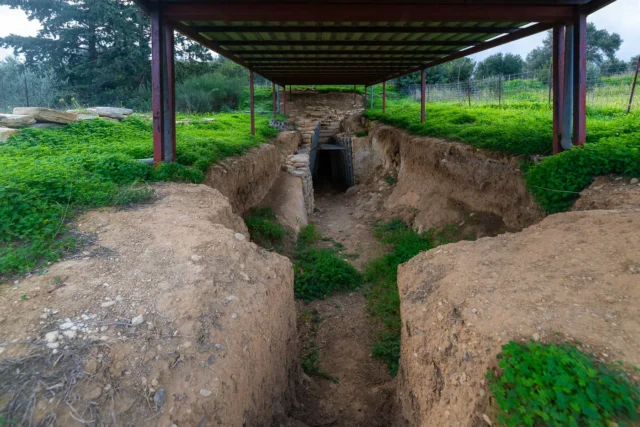




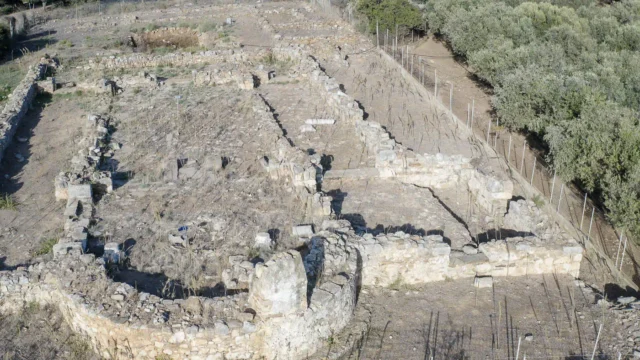
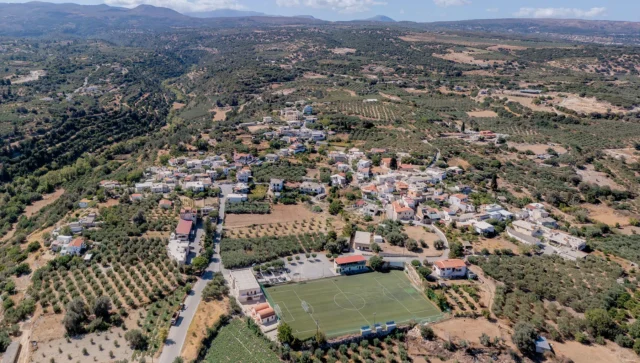



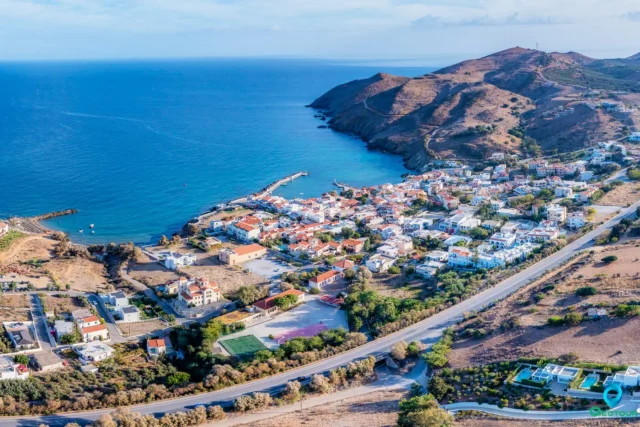
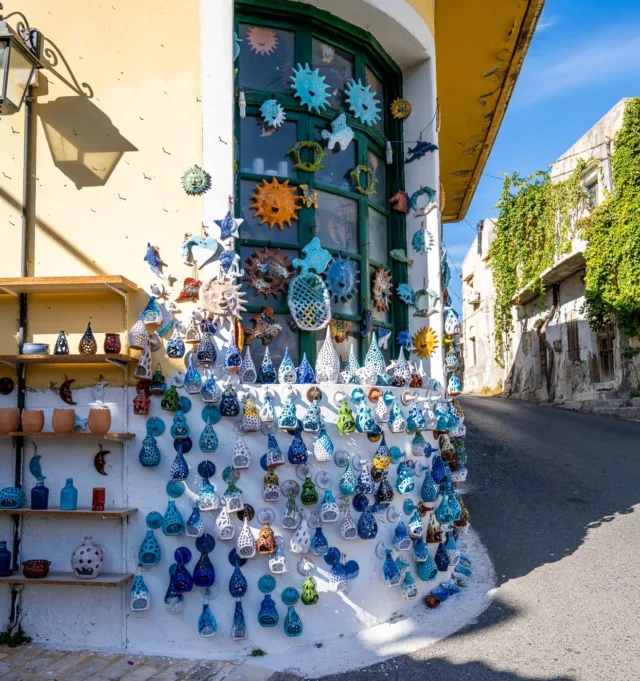
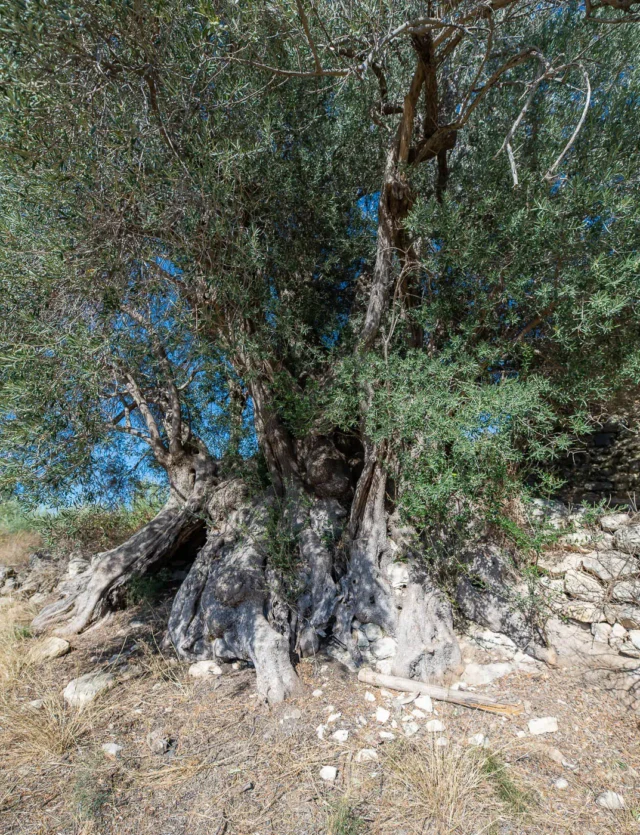

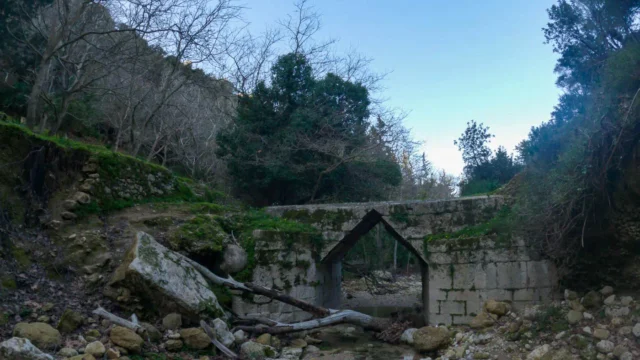
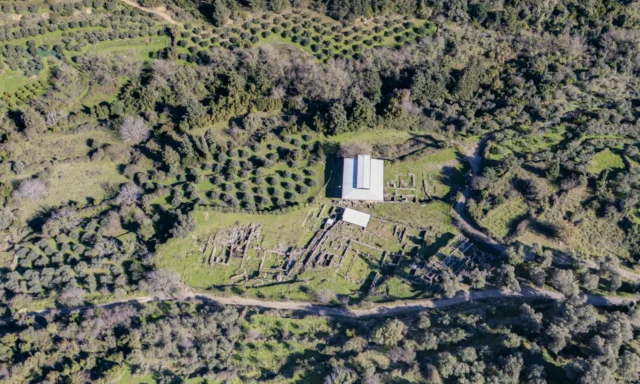
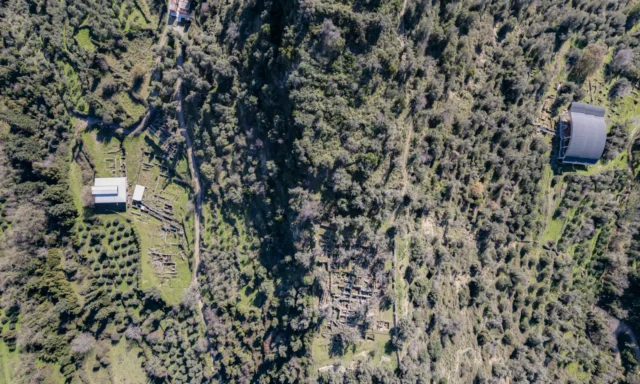
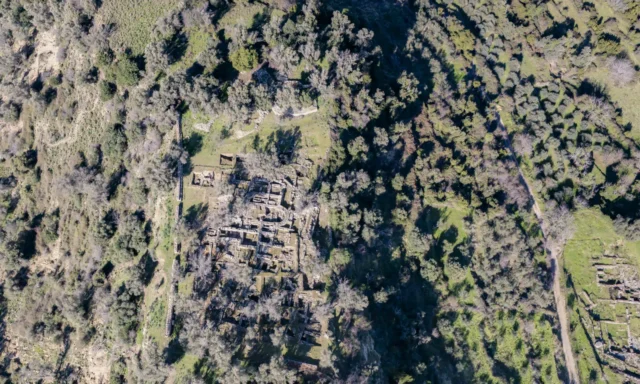
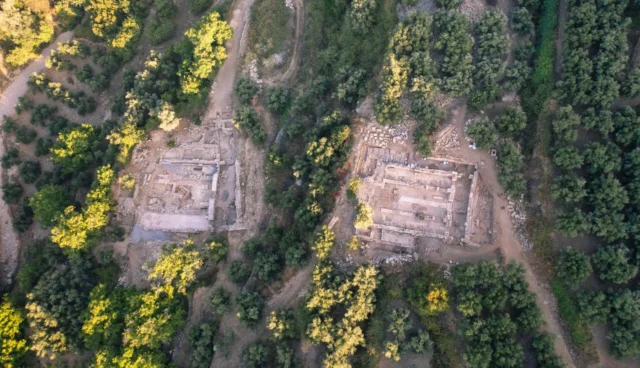

There are no comments yet.